Satellite images show surge in activity at China crematoriums as Covid outbreak worsens

Fresh satellite images of over a dozen funeral homes across China showed a spike in activities in December and January as Covid-19 cases raged in the country.
The images taken over a period of time in December and January by space technology firm Maxar across six districts showed expansion of funeral homes and a spike in the number of cars parked outside the funeral parlours.
This coincided with the weeks in which the Covid-19 outbreak in China worsened, starting from a surge seen in early November despite strict lockdowns and rising to more than 35,000-40,000 by the month’s end.
In mid-December, the Xi Jinping administration stopped publishing the data of asymptomatic cases leading to an overall confusion about the actual situation of the disease outbreak.
One of the satellite images show the expansion of a parking arena in Beijing’s district Tongzhou on 24 December. The image shows clearance of a field adjacent to the funeral home with what likely appears to be dozens of cars.
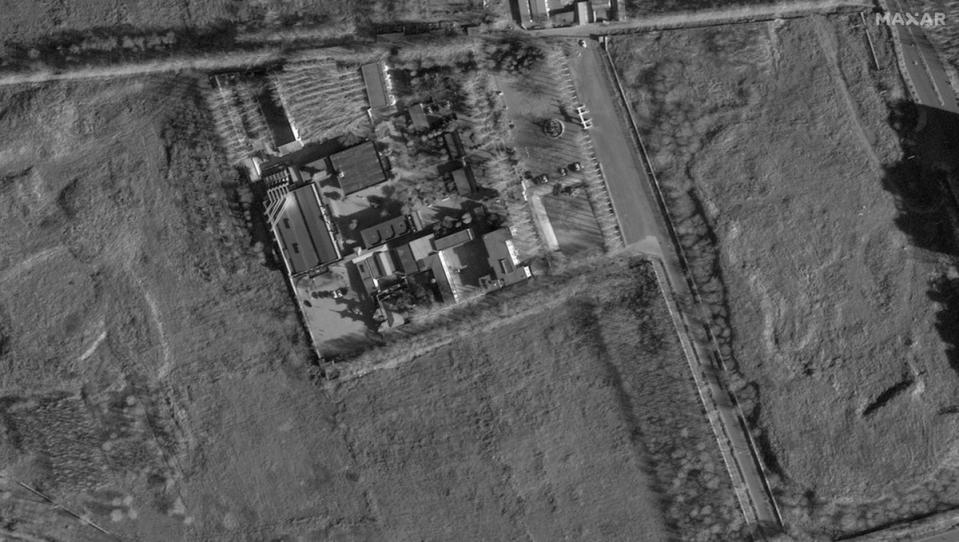
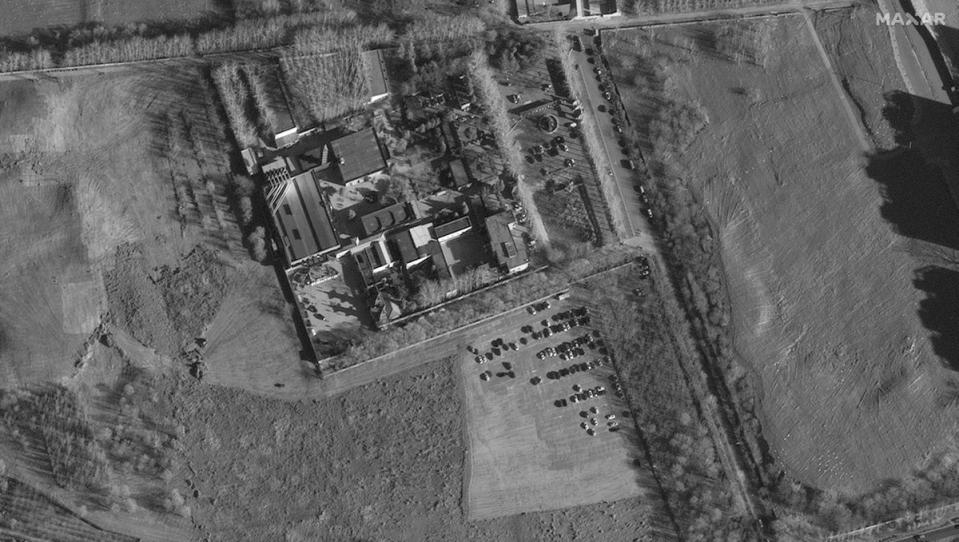
A significant increase of activities has been seen in the satellite images taken of northeastern district Pingfang, Tongzhou in Beijing, and funeral homes near Kunming Xijiao, Nanjing, Donglin in Chengdu and Tangshan in Hebei.
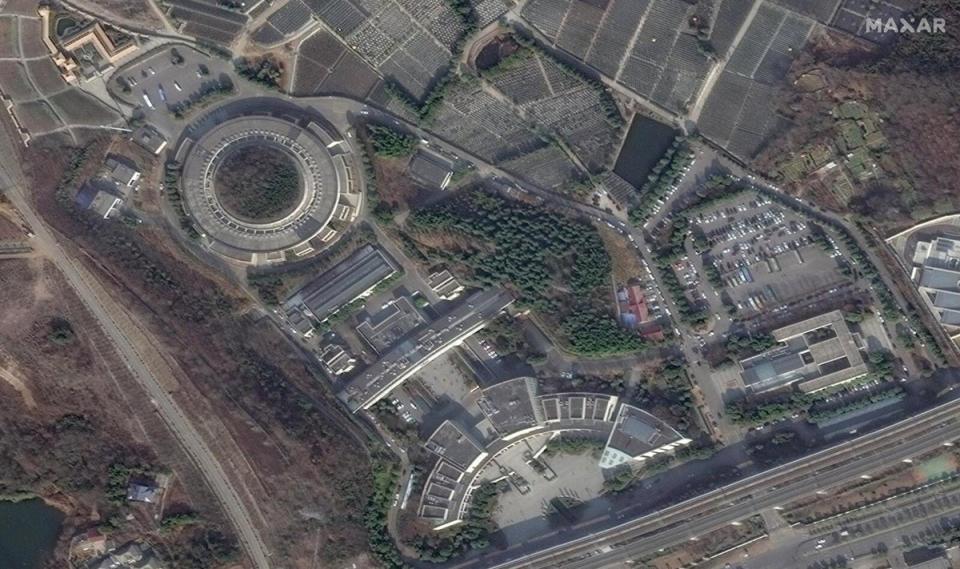
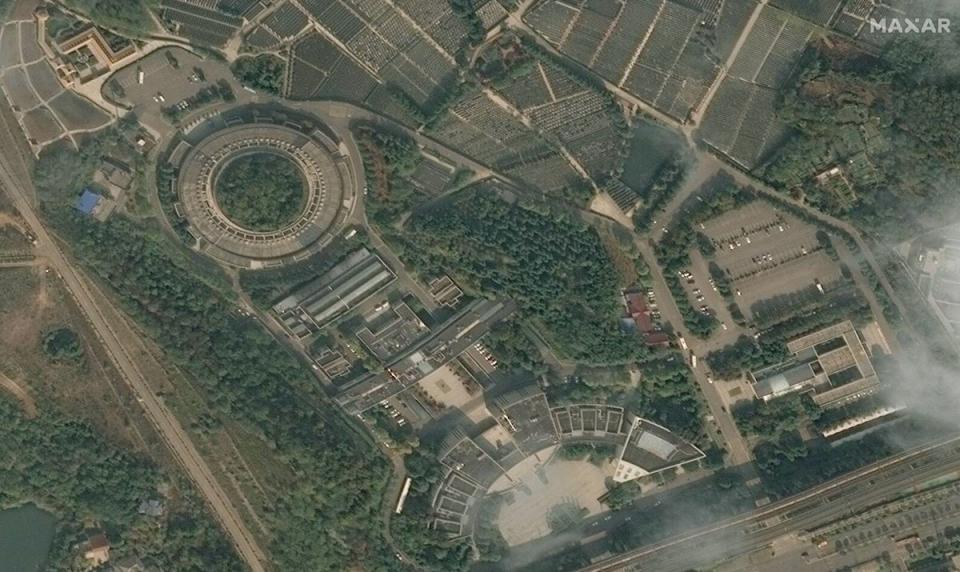
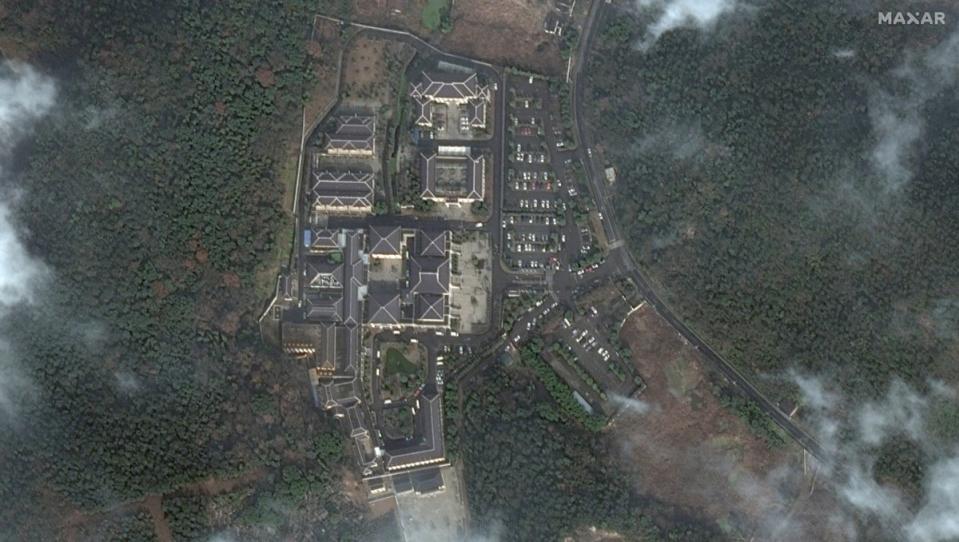

More visuals capture changes in the activities seen near the Qinhuangdao funeral house in the coastal region, and near funeral houses in Qingdao Chengyang, Xiaoshan, Shanhaiguan, Huzhou and Yueyang in Hunan. Over a dozen white vans used to transport bodies have also been seen stationed outside the funeral parlour in Chengdu.
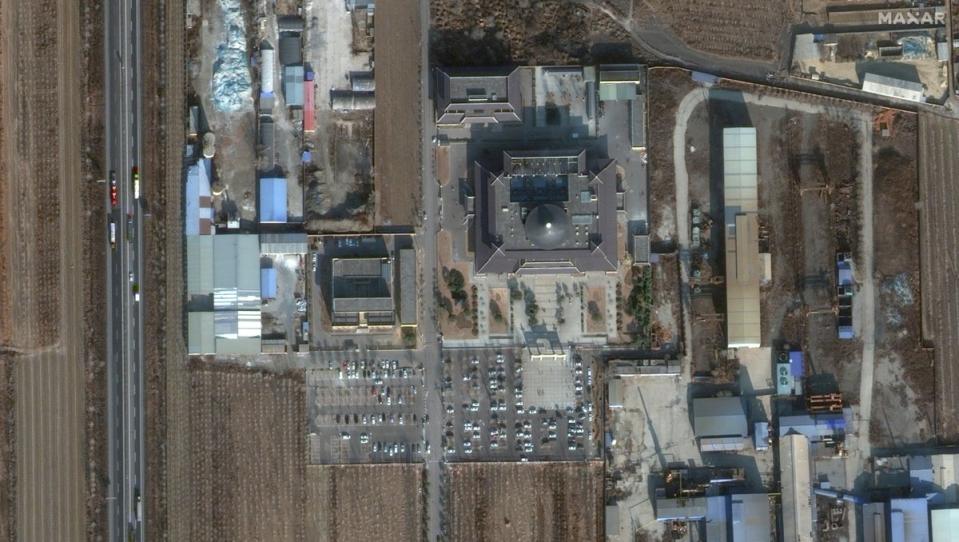

Healthcare workers in funeral parlours have cited “unusual circumstances” as the reason behind suspending of all memorial services but added that the bereaved families are still allowed to bid farewell to the deceased before cremation, reported The Washington Post.
The families were being given two minutes to say goodbye, a worker told The Post.
Officials in Beijing have not commented on the satellite images but the state media reports have claimed that the “virus is weak” but the population is now stronger, signalling that the situation has improved. It claimed that several regions had crossed the peak.
However, China’s official data has recorded only 37 deaths due to Covid-19 from 7 December. The World Health Organization has asked China to share more information on hospitalisations and accurately reflect the extent of disease outbreak.
The country is now facing a spike in cases and hospitalisations in major cities and is bracing for a further spread into less developed areas with the start of the Lunar New Year travel rush, set to accelerate in the coming days.
UK-based health data firm Airfinity has said its forecasts show that the Covid situation in Beijing is likely to have peaked by now, with hospitalisations and deaths likely to peak in the next 1-2 weeks.
“Our model estimates a second peak will occur on the 3rd March 2023 where daily cases are likely to reach 4.2 million a day. It is expected that rural areas will be more impacted in this later wave,” it said.


